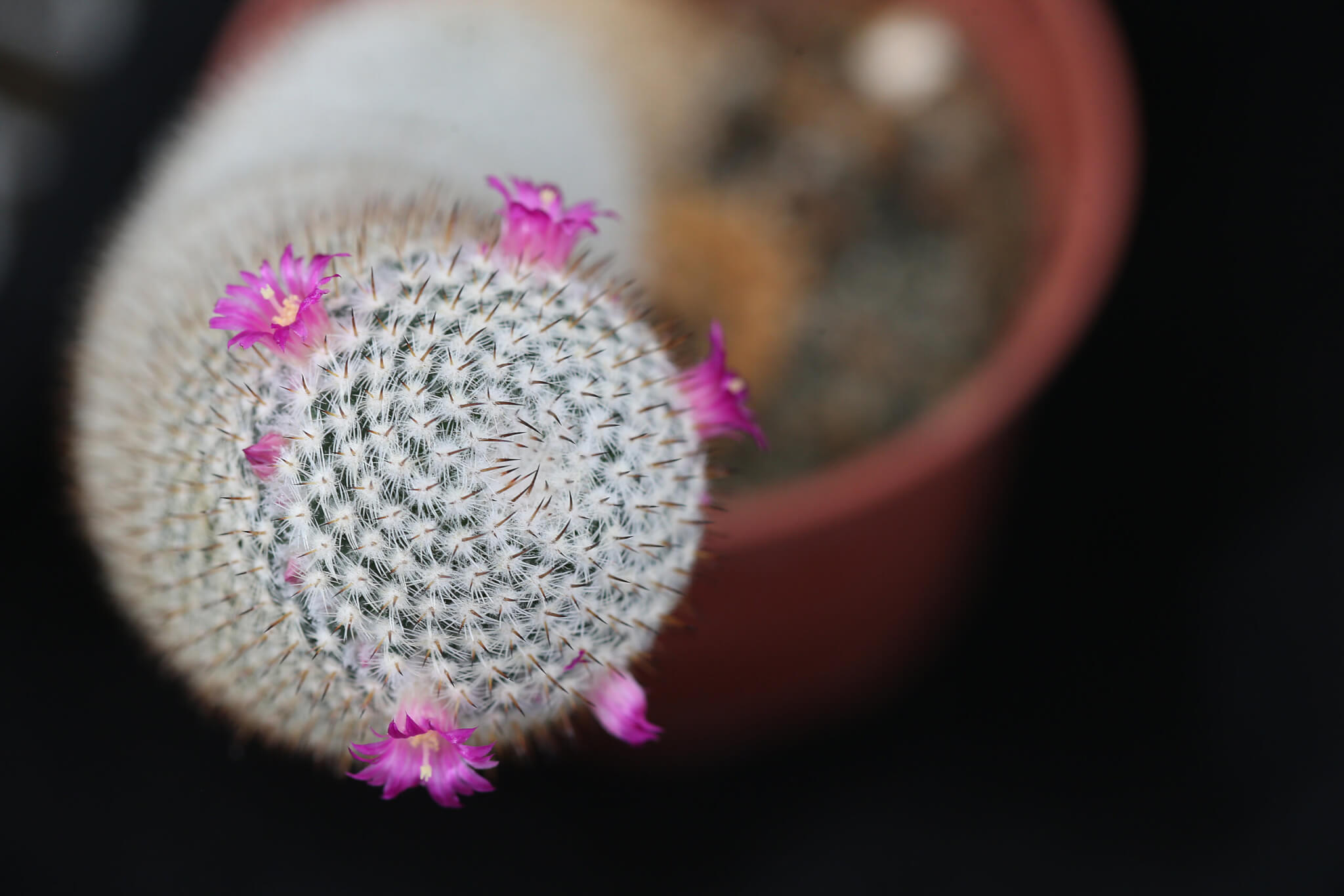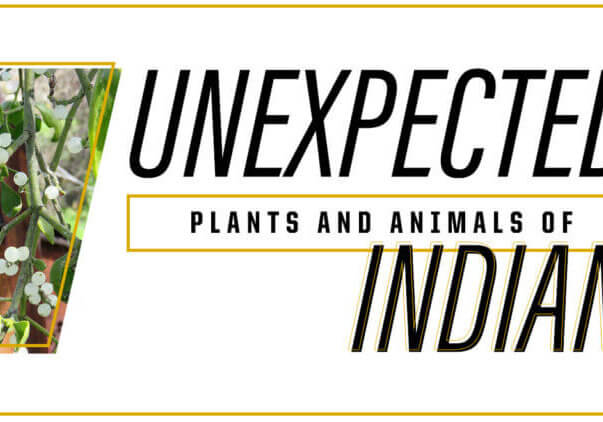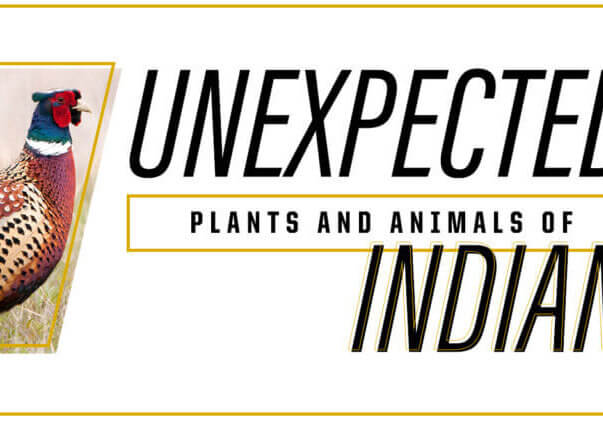I
n celebration of National Houseplant Appreciation Day, Karen Mitchell, consumer horticulture Extension specialist, shares these helpful tips to ensure your plants stay green and healthy.
“Houseplants are great year long, but they are especially beneficial in the winter to keep your home’s inside as green as possible. Winter is also the best time to reevaluate your houseplants for necessary care,” said Mitchell.

Watering
When it comes to watering houseplants, it’s important to make sure they aren’t over or under watered. I recommend sticking the tip of your finger, past the first knuckle, into the soil. If the soil is dry, it’s time to water. Watering frequency can depend on the size of the plant and pot. I prefer to water from the bottom, where I set my plants in a bowl of water to let them soak up moisture. As soon as the top is moist, take it out and let it drain in a dish. I find you don’t have to water nearly as much because the plant receives consistent watering throughout the pot instead of only on the top soil.
Placement
Different houseplants will have different needs, so it is important to know and observe each plant. When looking for a sunny window, windows that are south facing are likely to be the best. Don’t place your plant too close to windows especially in the winter because of cold air drafts and don’t allow plants to directly touch the window. When it comes to plants with thicker leaves or succulents, they don’t need direct light as much and will grow fine with florescent lighting. Usually, if a plant isn’t getting enough light, the leaves will yellow and fall off. In some cases of too little light, the plant will elongate and the stems might start stretching. If you see cases of yellowing leaves or stretching, move your plant to a better lit area.
Repotting
Houseplants should be repotted when they are root bound, meaning there isn’t additional space for the roots to grow. One way to know if a plant is rootbound is if the roots are growing out of the drainage hole. If you find the roots have filled the pot and there isn’t any loose soil, it’s time to pot it up. Only pot up an inch to two inches bigger than the current pot. If you place the plant in a pot too big, there is a risk for the soil around the roots to stay moist and possibly cause root rot. I don’t recommend repotting in the winter because plants are generally more stressed; instead, I usually wait until the spring when the humidity and light are better.
Pest Control
A common houseplant pest is mealybugs, which look like fuzzy cotton on leaves. They are easily removed with a cotton tip and rubbing alcohol. Another common pest is soil gnats. These are generally caused by overwatering. To remove, reduce the amount of water given and consider repotting.
Unexpected Plants and Animals of Indiana: American Mistletoe
What is green, popular around Christmas and steals things from trees? Other than the Grinch?
While the Grinch lives on top of a mountain, American mistletoe (Phoradendron leucarpum) lives high up on the branches of trees. Its genus, Phoradendron, translates to “tree thief” referencing its hemiparasitic nature.
Read Full Story >>>Unexpected Plants and Animals of Indiana: Ring-necked Pheasant
In 1962’s “The Annotated Mother Goose,” author William S. Baring-Gould theorized the five golden rings included in “The 12 Days of Christmas” refer not to jewelry, but Ring-necked Pheasants. Whether his theory matches the English Christmas carol’s original meaning or not, pheasants have secured their place in the holiday season for families across rural America.
Read Full Story >>>Student’s research examines influences on decision making in natural resource management
“What I love about my work is I get to interact with people from all different lifestyles, livelihoods and cultures,” said Brooke McWherter, a Ph.D. candidate in forestry and natural resources. “As much as I produce knowledge, I’m learning much more.”
Read Full Story >>>Unexpected Plants and Animals of Indiana: American Mistletoe
What is green, popular around Christmas and steals things from trees? Other than the Grinch?
While the Grinch lives on top of a mountain, American mistletoe (Phoradendron leucarpum) lives high up on the branches of trees. Its genus, Phoradendron, translates to “tree thief” referencing its hemiparasitic nature.
Read Full Story >>>Unexpected Plants and Animals of Indiana: Ring-necked Pheasant
In 1962’s “The Annotated Mother Goose,” author William S. Baring-Gould theorized the five golden rings included in “The 12 Days of Christmas” refer not to jewelry, but Ring-necked Pheasants. Whether his theory matches the English Christmas carol’s original meaning or not, pheasants have secured their place in the holiday season for families across rural America.
Read Full Story >>>Student’s research examines influences on decision making in natural resource management
“What I love about my work is I get to interact with people from all different lifestyles, livelihoods and cultures,” said Brooke McWherter, a Ph.D. candidate in forestry and natural resources. “As much as I produce knowledge, I’m learning much more.”
Read Full Story >>>

